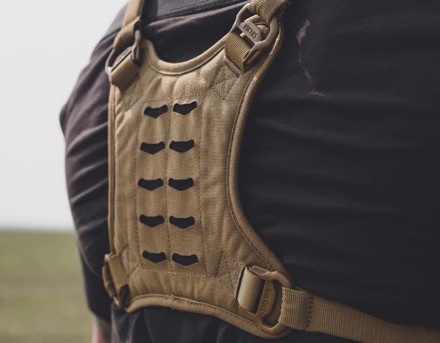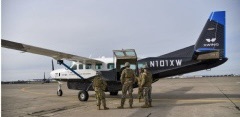 San Francisco, CA, February 13, 2024 – Xwing, the leading supplier of modular autonomy technology for aviation, has announced the successful completion of its recent participation in AGILE FLAG 24-1. The company transported mission-critical cargo with daily autonomous missions throughout the week-long exercise, accumulating over 2,800 autonomous flight miles to military bases and civilian airports, including March Air Reserve Base, Vandenberg Space Force Base, Sacramento McClellan Airport, Meadows Field Airport, and Fresno Yosemite International Airport.
San Francisco, CA, February 13, 2024 – Xwing, the leading supplier of modular autonomy technology for aviation, has announced the successful completion of its recent participation in AGILE FLAG 24-1. The company transported mission-critical cargo with daily autonomous missions throughout the week-long exercise, accumulating over 2,800 autonomous flight miles to military bases and civilian airports, including March Air Reserve Base, Vandenberg Space Force Base, Sacramento McClellan Airport, Meadows Field Airport, and Fresno Yosemite International Airport.
“We saw first-hand during AGILE FLAG that the use of Xwing’s autonomous aircraft eliminated the need to fly a larger aircraft such as a C-130 to deliver critical cargo to the warfighter on short notice,” said Maxime Gariel, President, CTO and co-founder of Xwing, “When you fly missions autonomously, you operate with the speed and efficiency required for dispersed ACE operations, delivering cargo and personnel at a much lower cost and risk.”
AGILE FLAG 24-1 was a Total Force exercise, which ran from January 22 – February 4, 2024 bringing together Air Combat Command (ACC) and Air Mobility Command (AMC) at military bases and public airports throughout California centered on Agile Combat Employment. After rigorous safety and technical assessments of the Xwing aircraft and operations, the Air Force awarded Xwing a Military Flight Release (MFR) to operate their autonomous aircraft for Public Aircraft Operations (PAO). These approvals allowed Xwing to deliver official Air Force cargo with autonomous taxis, takeoffs, and landings at military and civilian installations.
“Achieving an Air Force Military Flight Release certification is a momentous milestone removing the barrier to transition and unlocking key testing and experimentation opportunities,” said Kate Brown, AFWERX Autonomy Prime deputy branch chief. “AGILE FLAG was an opportunity to showcase autonomous light cargo logistics and demonstrate operational relevance and increased technical readiness.”
A core component of ACE operations is the ability to flexibly execute dispersed logistics to unsurveyed locations with little or no ground support. Air Force operational leaders assigned Xwing cargo missions based on real-time logistics needs of the exercise. This included delivery of sensitive weather equipment and other critical cargo to various locations throughout the week-long event, and demonstrated an increase in the speed to deliver critical parts and reduced the number of requests for traditional heavy lift aircraft, the two key enablers that autonomous aircraft offer operational commanders. The exercise required Xwing to navigate through the busy Los Angeles basin, where the autonomous aircraft successfully integrated with heavy traffic at March ARB and complied with Air Traffic Control (ATC) instructions. Xwing successfully illustrated the role of autonomy as a force multiplier and risk mitigator to rapidly disperse contingency operations into unknown, contested, degraded or operationally limited (CDO) environments.
“Our technology has proven effective over hundreds of successful autonomous flights,” said Craig Milliard, Xwing Flight Test Manager, who remotely supervised the flights from a ground control station at Sacramento McClellan Airport, “This exercise gave us the opportunity to stretch the operational envelope into new environments, day and night, with real-world cargo proving that we can effectively complete Air Force mission objectives.”
Xwing’s participation was part of a newly awarded Phase III Small Business Innovation Research (SBIR) contract. Details of Xwing’s first Agile Flag mission can be found via AFRL. This is a continuation of Xwing’s partnership with AFWERX which included a Phase II contract that began in May of 2023.




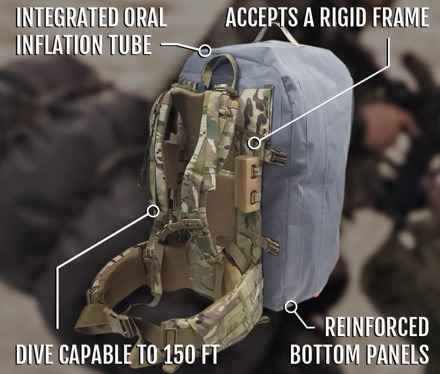
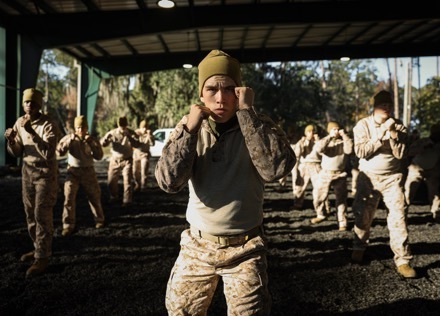
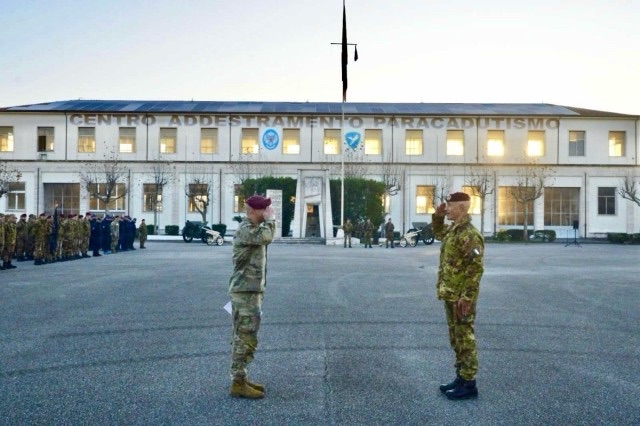
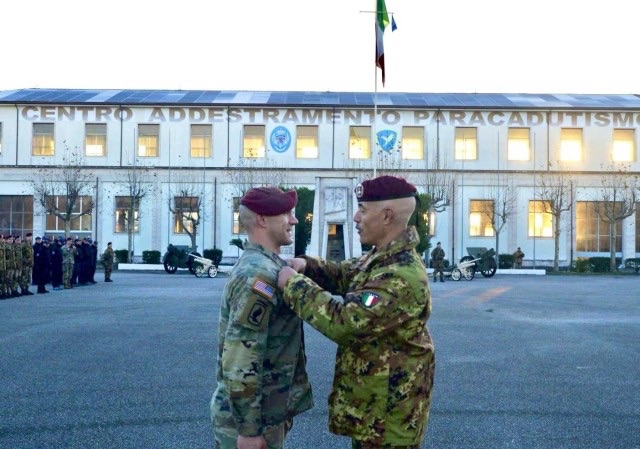




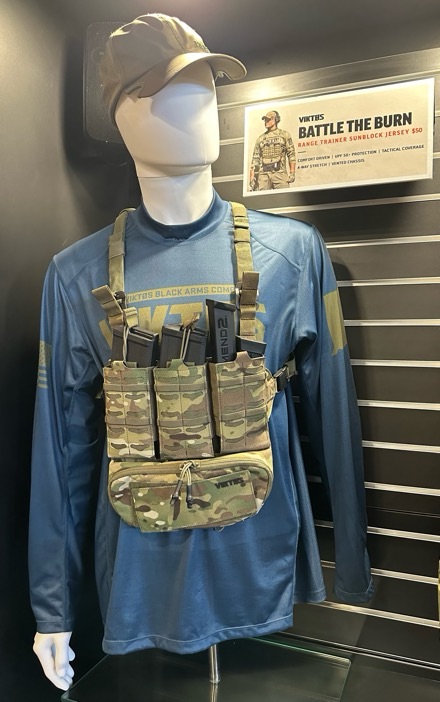
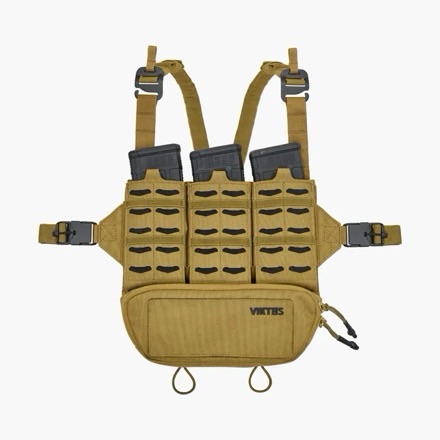 The zippered belly pouch integrates two tourniquet loops underneath.
The zippered belly pouch integrates two tourniquet loops underneath.